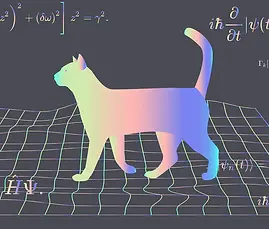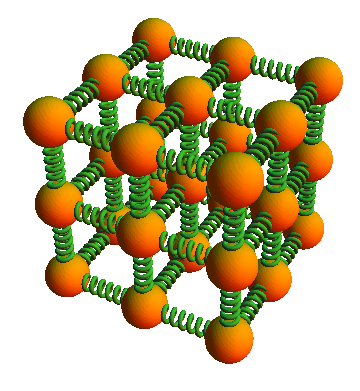Research Resource
Looking for research opportunities at Wellesley and summer internships?
Here's the good place to start!
Quick Guide: How to apply to Research Opportunities
1
FIND a Program
Identify the program you want to apply to. Think about your interests and past experiences.
Look for inspirations and examples:
Consider these programs at Wellesley:
- First Year Apprenticeship Program (FYAP)
- Sophomore Early Research Program (SERP)
- Science Center Summer Research Program (SRP)
Reach out to Physics/Astronomy professors:
2
PLAN what you need
Things you might need for Summer programs/ Internships/ Other research opportunities:
- Personal Statement
- Letter(s) of Recommendation
- Unofficial Transcript
- Additional Essay
Additional notes
for International Student:
- Check if US work permit is required
- CPT/OPT training
Prepare the required documents as listed for the program you want to apply to

Summer Research/Internship
Important dates in general:
Application Window: Dec - Feb
Program Dates: May - Aug
Important dates for Wellesley Summer Research:
Application Window: Feb
Selection Notification: Apr
Program Dates: May - July
Poster Session: July
Areas of Physics
-
Classical mechanics
-
Engineering Physics
-
Electromagnetic
-
Relativistics mechanics
-
Thermodynamics, stats
-
Optics
-
Quantum Physics
-
Particle Physics
-
Geophysics
-
Astronomy
-
Astrophysics
-
Materials Science


Classical Mechanics
studies of the motion of bodies under the influence of forces or with the equilibrium of bodies when all forces are balanced

Relativistic Mechanics
mechanics compatible with special relativity, studies the motion of objects whose relative velocities approach the speed of light.

Quantum Physics
studies of physics at the scale of atoms and subatmic particles

Astronomy
one of the oldest natural sciences!
studies of celestial objects, phenomena, and the Universe as a whole.

Engineering Physics
an interdisciplinary field that bridges the gap between theoretical science and practical engineering by seeking ways to apply, design, and develop new solutions in engineering.

Thermodynamics
studies the relation between heat, work, temperature, energy and physical properties of matter.

Particle Physics
studies atomic nuclei/atoms and their constituents and interactions

Astrophysics
calculations, simulations, and observations to characterize and understand astrophysical phenomena on a wide range of scales, all the way to the universe at large.

Electromagnetic
studies of the electromagnetic force, a type of physical interaction that occurs between electrically charged particles.

Optics
studies the behavior and properties of light, including its interactions with matter and the construction of instruments that use or detect it.

Geophysics
studies physical processes and physical properties of the Earth and its surrounding space environment

Materials Science
interdisciplinary field concerned with the understanding and application of the properties of matter. Materials scientists study the connections between the underlying structure of a material, its properties, its processing methods and its performance in applications.
Personality Quiz :)

